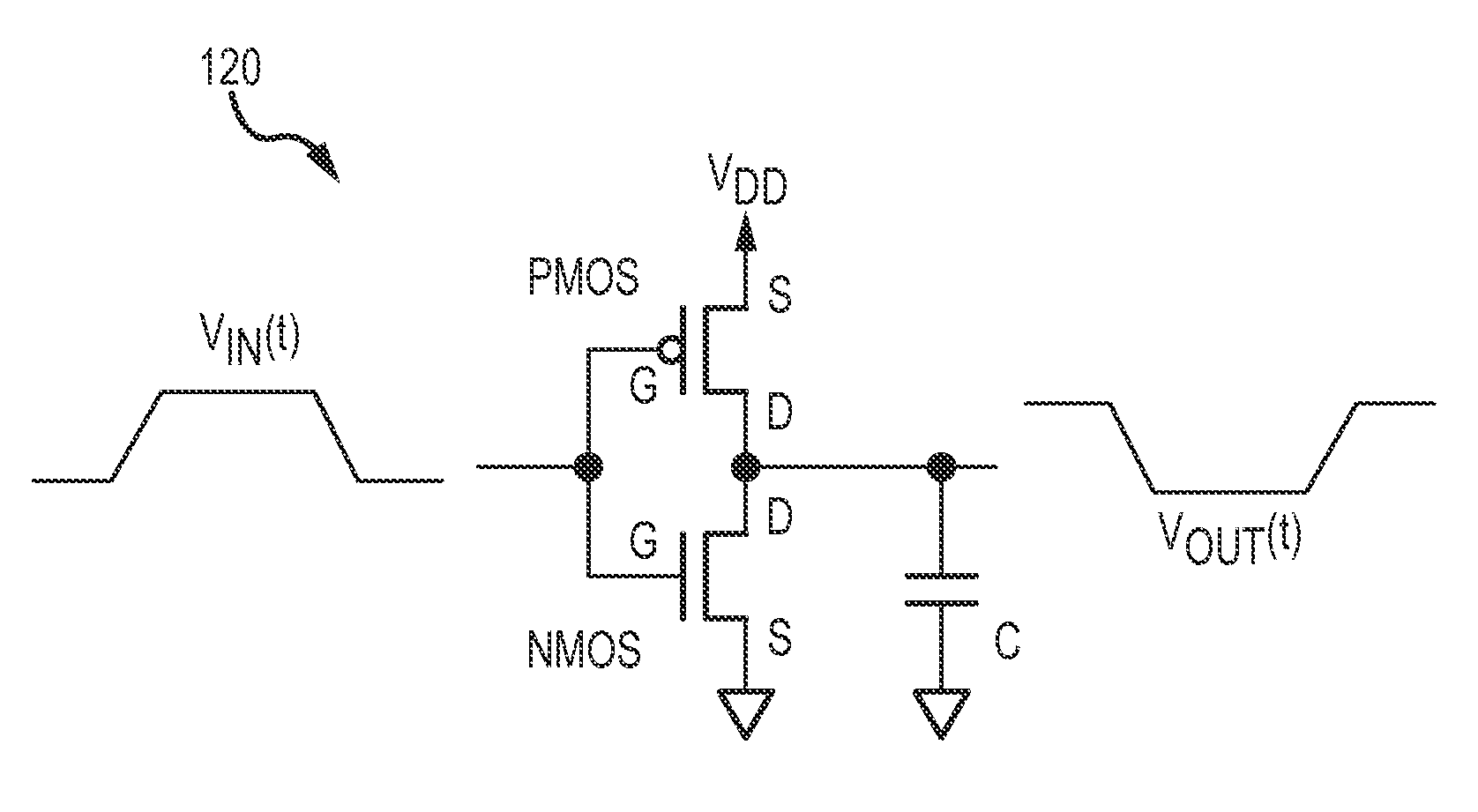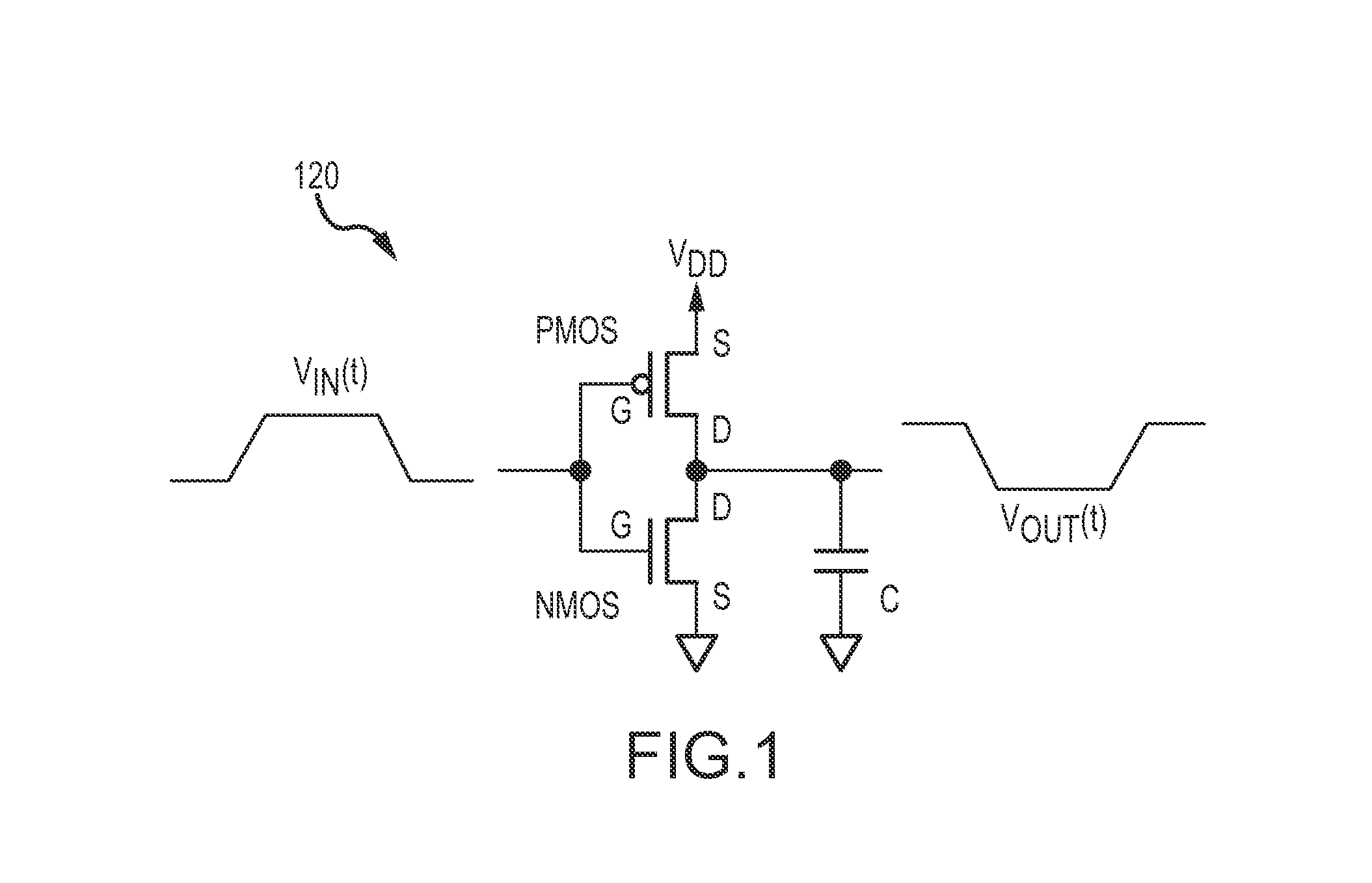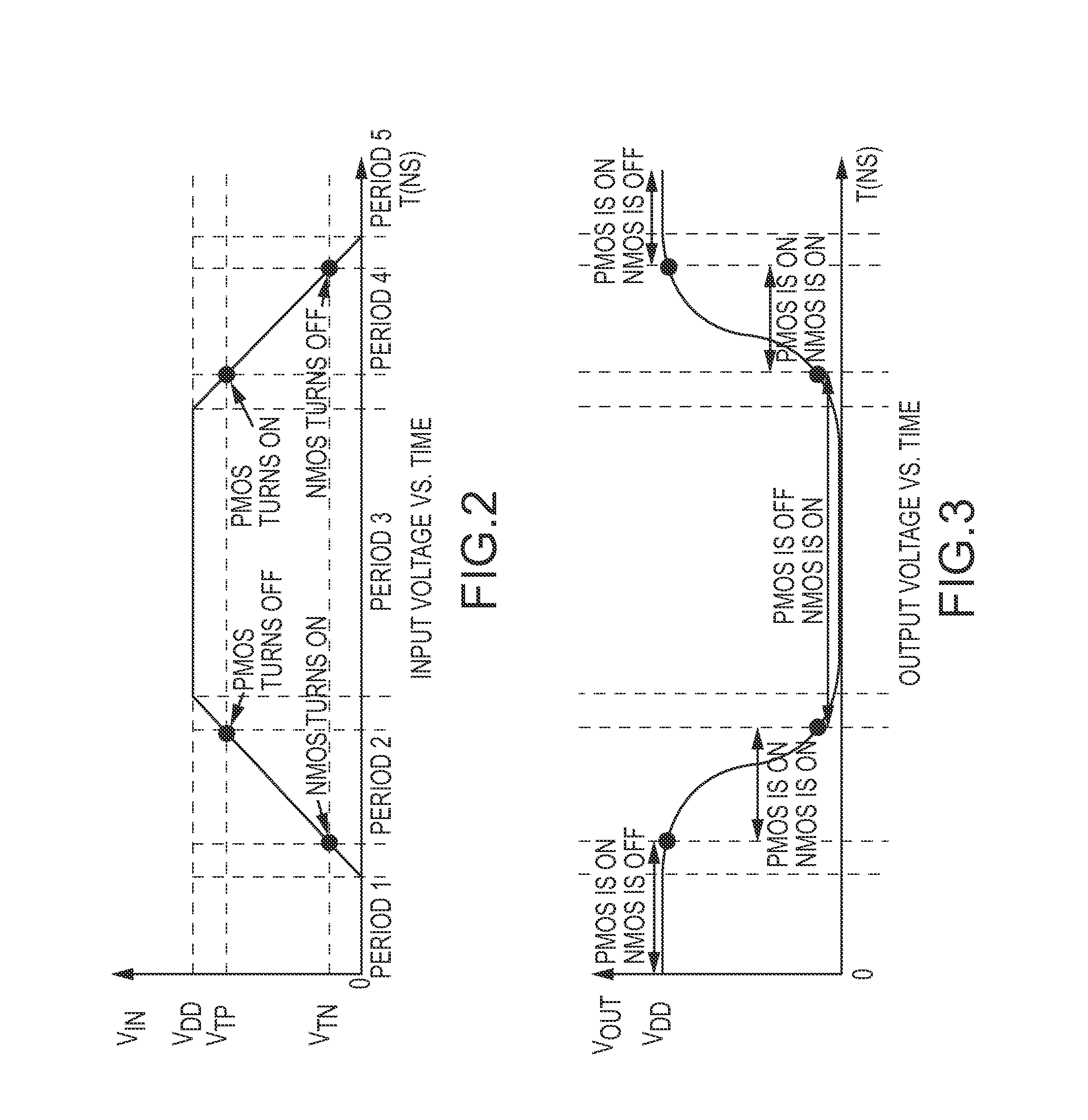Acquisition and assessment of classically non-inferable information
a technology of non-inferable information and acquisition and assessment, applied in knowledge representation, instruments, computing models, etc., can solve the problems of not being able to obtain answers that can be inferred through complex logic rules, qa systems have a common limitation, and cost millions of dollars to build, so as to increase the tunneling effect, and increase the quantum entropy
- Summary
- Abstract
- Description
- Claims
- Application Information
AI Technical Summary
Benefits of technology
Problems solved by technology
Method used
Image
Examples
example 1
[0107]An NDRNG was designed in a CMOS IC, that is, in a 65-nm Field-Programmable Gate array (FPGA). Such an FPGA is one of the devices in the Cyclone III family commercially available from Altera Corporation. A specific device in this family is the EP3C10E144C8N, which contains 10,320 programmable logic elements, each comprising one 4-input look-up table (LUT) and one latch. Each LUT is programmable to create a wide range of logic functions such as AND, OR and XOR. To estimate the theoretical quantum entropy available from each LUT requires a reasonable model of its physical design and operation.
[0108]A first-order approximation of a LUT in Altera Cyclone III FPGAs is to treat it as a normal logic gate, such as a simple inverter 120 shown in FIG. 1. It is necessary to know the slew rate of the inverter and the load capacitance, C, to make the first estimate of quantum entropy. The slew rate is calculated from rise and fall times, which are estimated from the propagation delay throug...
example 2
A 32 Mbps Quantum NDRNG
[0119]A specific design of an NDRNG in an Altera Cyclone III FPGA followed the general form used in the preceding example. The sampling of entropy was made more efficient, that is, required fewer resources in the FPGA, by placing three connections or taps at three equally spaced positions on the 12-LUT ring oscillator. These three tap signals were combined in a 3-input XOR gate to produce an enhanced ring oscillator output signal at three times the ring oscillation frequency. The three signals provided the equivalent of three independent entropy sources because the time spacing between the taps was very large compared to the jitter distribution at each tap (over 10,000 standard deviations), and therefore the amount of mutual entropy due to sampling of overlapping jitter distributions was insignificant. The tripled, enhanced output frequency tripled the probability of sampling a ring oscillator output signal exactly during a transition when the shot noise-induc...
PUM
 Login to View More
Login to View More Abstract
Description
Claims
Application Information
 Login to View More
Login to View More - R&D
- Intellectual Property
- Life Sciences
- Materials
- Tech Scout
- Unparalleled Data Quality
- Higher Quality Content
- 60% Fewer Hallucinations
Browse by: Latest US Patents, China's latest patents, Technical Efficacy Thesaurus, Application Domain, Technology Topic, Popular Technical Reports.
© 2025 PatSnap. All rights reserved.Legal|Privacy policy|Modern Slavery Act Transparency Statement|Sitemap|About US| Contact US: help@patsnap.com



